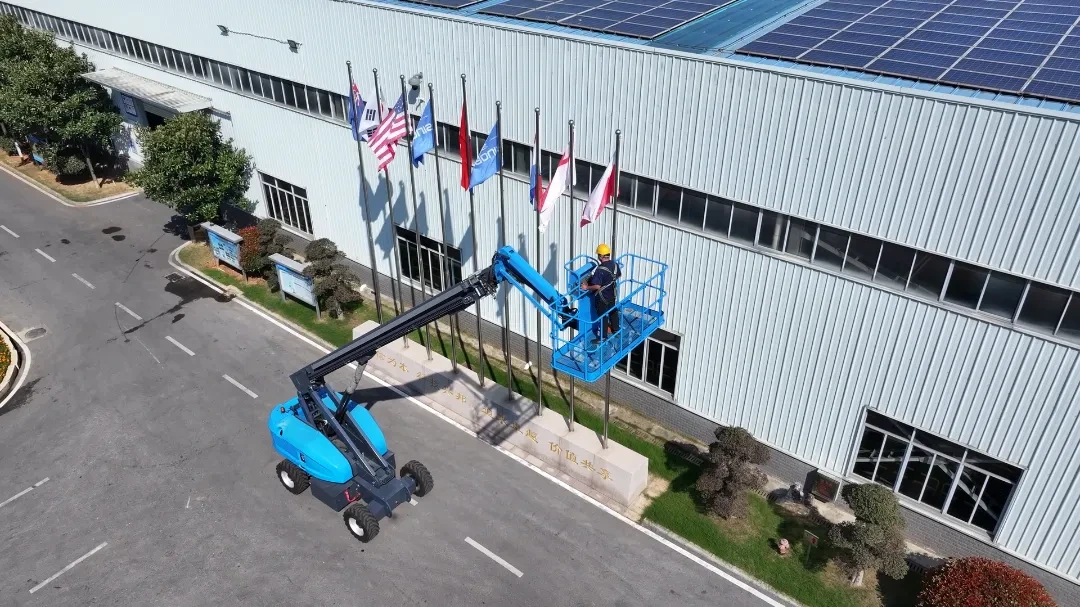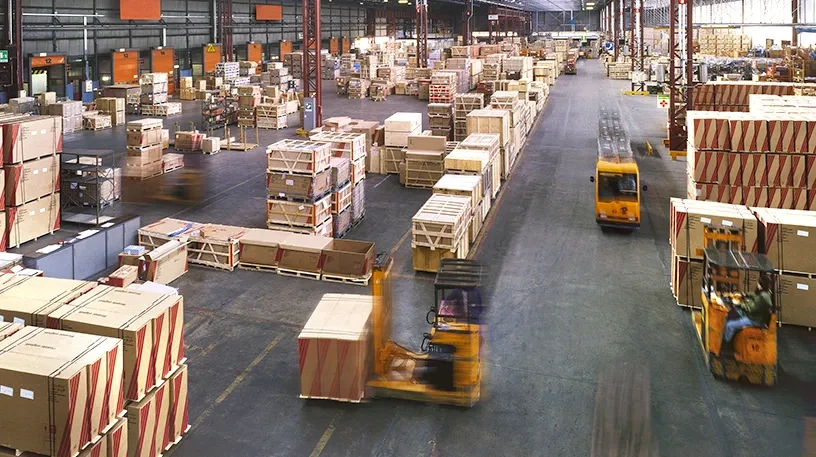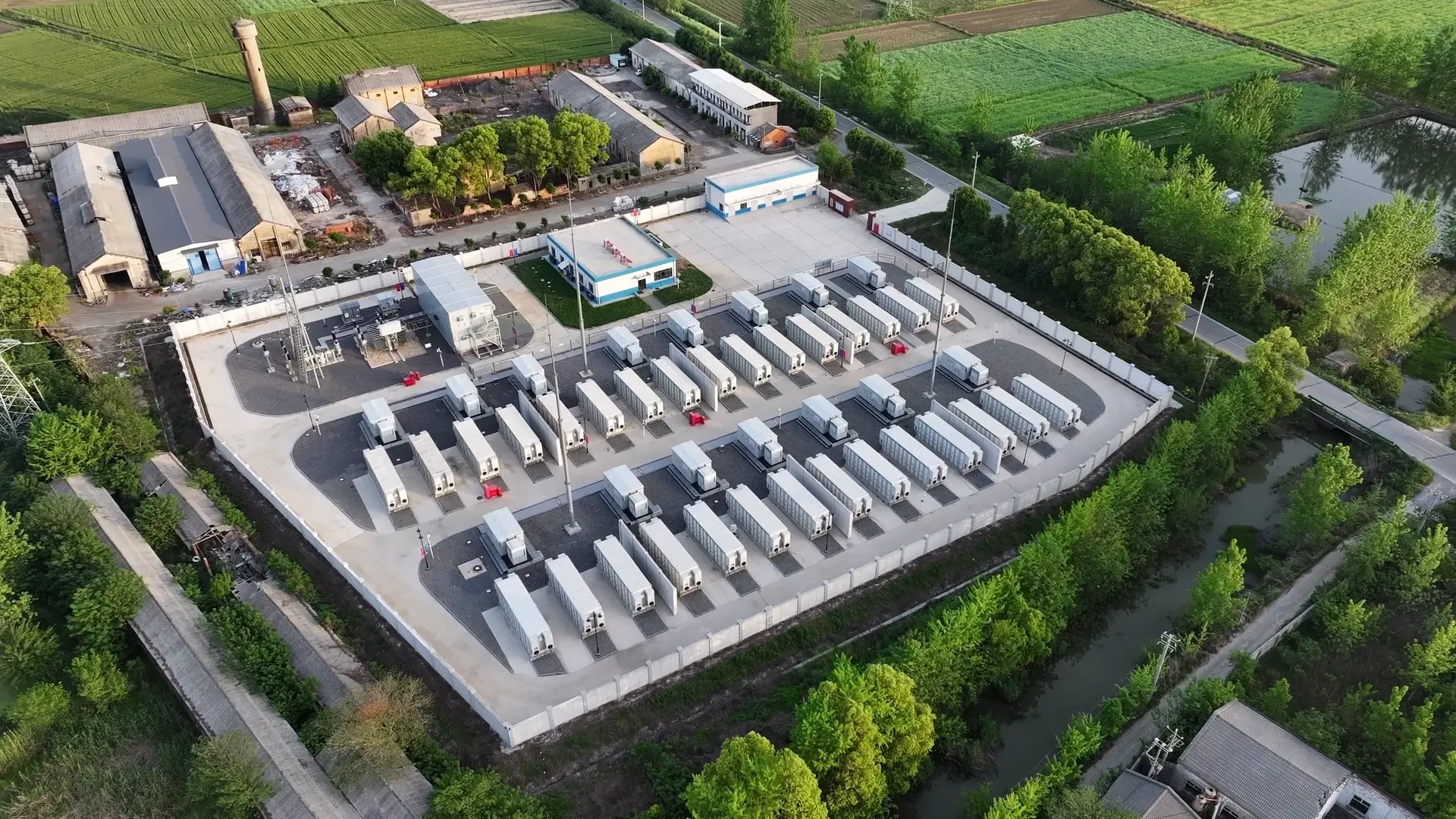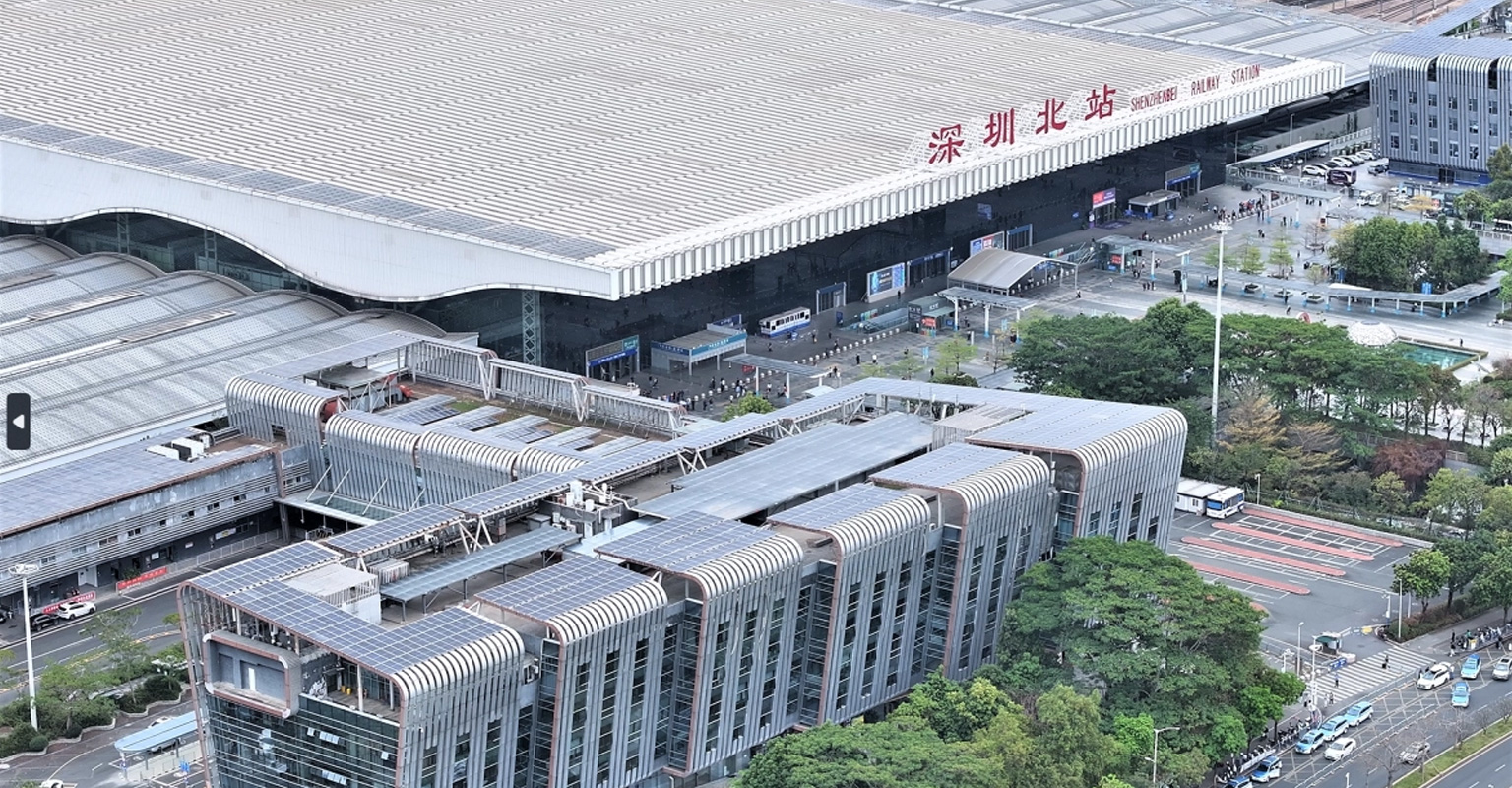Industrial vehicles such as forklifts, scissor lifts, boom lifts, golf carts, and delivery vehicles all depend on motive power batteries. Choosing the right type of battery is not only about cost—it’s about matching the right technology to your operational needs. The two main categories today are lead-acid batteries and lithium batteries, with several subtypes available to meet specific requirements.
Types of Motive Power Batteries
Motive power batteries are designed for deep cycle use, meaning they can be discharged and recharged many times without losing performance and provide steady power for long hours of operation.
The two primary categories are:
● Lead-acid batteries – a proven and widely used technology with multiple subtypes.
● Lithium batteries – a newer solution that delivers higher efficiency and longer service life.
Lead-Acid Batteries
Lead-acid batteries are a well-established choice for industrial vehicles, providing reliable performance and cost-effectiveness over decades of use. There are several subtypes:
● Flooded Lead-Acid (FLA) batteries require regular maintenance such as water topping. They are a cost-effective solution with predictable performance, commonly used in environments where maintenance staff are available and conditions are controlled.
● AGM (Absorbent Glass Mat) batteries are sealed and spill-proof, requiring less maintenance than flooded batteries while still offering a good balance of performance and cost.
● Gel batteries use a gel electrolyte, making them fully sealed and maintenance-free. They are resistant to vibration and extreme conditions, with no risk of leakage, making them ideal for harsh or remote environments.
Lead-acid motive power batteries, including flooded, AGM, and gel types, are suitable for standard shift operations where controlling costs is important or where proven, widely available technology is preferred.
Lithium Batteries
Lithium batteries are increasingly popular for high-demand and intensive industrial operations. They can be charged quickly, even during short breaks, which helps reduce downtime. They also have a much longer service life with more charging cycles, are lightweight, and provide higher usable energy. Since they are virtually maintenance-free, there is no need for water topping or frequent checks.
Lithium motive power batteries are ideal for multi-shift or intensive operations where maximizing uptime, ensuring quick turnaround, and reducing long-term costs are priorities.
Industrial Battery Comparison
|
Feature |
Lead-Acid Battery (Flooded/AGM/Gel) |
Lithium Battery |
|
Initial Cost |
Lower upfront investment |
Higher upfront investment |
|
Lifespan |
Proven, but shorter than lithium |
Much longer with more charge cycles |
|
Charging |
Standard charging, swaps in multi-shift |
Supports fast charging and short-break charging |
|
Maintenance |
Flooded: requires checks; AGM/Gel: low |
Virtually maintenance-free |
|
Best Fit |
Single-shift, budget-focused operations |
Multi-shift, high-demand environments |
How to Choose the Right Battery for Your Fleet
Selecting the right motive power battery depends on both operational needs and the total cost over the battery’s lifetime. When making a decision, consider these key factors:
1. Usage Pattern
Single-shift fleets with predictable hours may be fine with lead-acid batteries, while multi-shift or intensive operations benefit from lithium batteries, which support longer runtime and faster charging.
2. Work Environment
Indoor warehouses with stable conditions may not require the same battery performance as outdoor or harsh environments. Sealed or gel batteries provide extra protection and reliability where conditions are tough.
3. Budget vs. Lifecycle Cost
Look beyond the initial purchase price (CAPEX) to the total cost of ownership (OPEX), which includes battery lifespan, replacement frequency, charging efficiency, maintenance, and end-of-life recycling or disposal.
4. Maintenance Capacity
Lead-acid batteries may require routine water topping or cleaning, while lithium and gel batteries are largely maintenance-free, which is important if staffing is limited.
By balancing these factors, fleet managers can choose a battery that meets operational requirements while optimizing cost and long-term performance. While lithium batteries typically have a higher upfront price, they often reduce overall costs in multi-shift operations due to longer lifespan, higher efficiency, and lower maintenance needs.
Conclusion
Lead-acid and lithium batteries both play vital roles in powering industrial vehicles. Lead-acid options, including flooded, AGM, and gel, remain dependable and cost-effective. Lithium batteries, with their longer lifespan and faster charging, are ideal for intensive use.
Explore our full range of motive power battery solutions—including lead-acid (flooded, AGM, gel) and lithium options—and find the best fit for your fleet.




























 2025-09-28
2025-09-28 Name
Name Tel
Tel Email
Email Country
Country Company
Company Information
Information